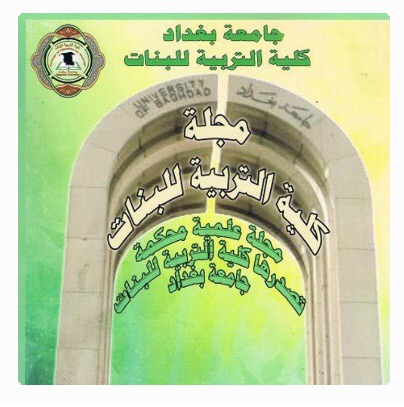Toward a stereotype specification for measurement of university women
Abstract
A- The research problem: the research problem which is the garments industry, as a
whole it does not rely on a single system in the sizes of the clothing and the working
companies, see that it is not plausible that the sizes be unificd and consistent in all companies.
The current sizes in the domestic Iraqi markets are not suitable for some females ,on the other
hand the Iraqi industry suffers the lack of a modern standard for some Iraqis female bodies.
B- The Signifiance of the research: lies in the study of the diversity of the human body
sizes and naming them to reflect the desires and requirements of the consumer and try to find
a method to meet their expectations as well as to raise the level of garments industry
supported by modern technology and then to the issuance of Iraqi fashion magazines.
C- The research aim: Find a standard for the Iraqi woman's body to a selected category
(19-24 years).
D- The samples study: which included (500) students of the third class of the college of
Science and Education for women of (19-24years). The students were selected randomly after
excluding married women; The main experiment done in the colleges sites to reduce time and
effort which lasted for three month. The experiment includes taking the bodies measurements
of the samples examined .The research restricted for only on (21) body size.E- Research Results:Estimations of the standard statistics of the studied variables:
The trimmed average value is not fundamentally different as the arithmetic average value,
which reflects that the arithmetic average value does not affected by the existence of extreme
and anomalies value that came in some of old people of the studied sample as well as the
value of the interquartile range achieved a low level which reflected a high degree of
homogeneous of the studied variables in general.

Published
Issue
Section
License
![]()
All articles published in Journal of College of Education for Women are licensed under a Creative Commons Attribution 4.0 International License.










